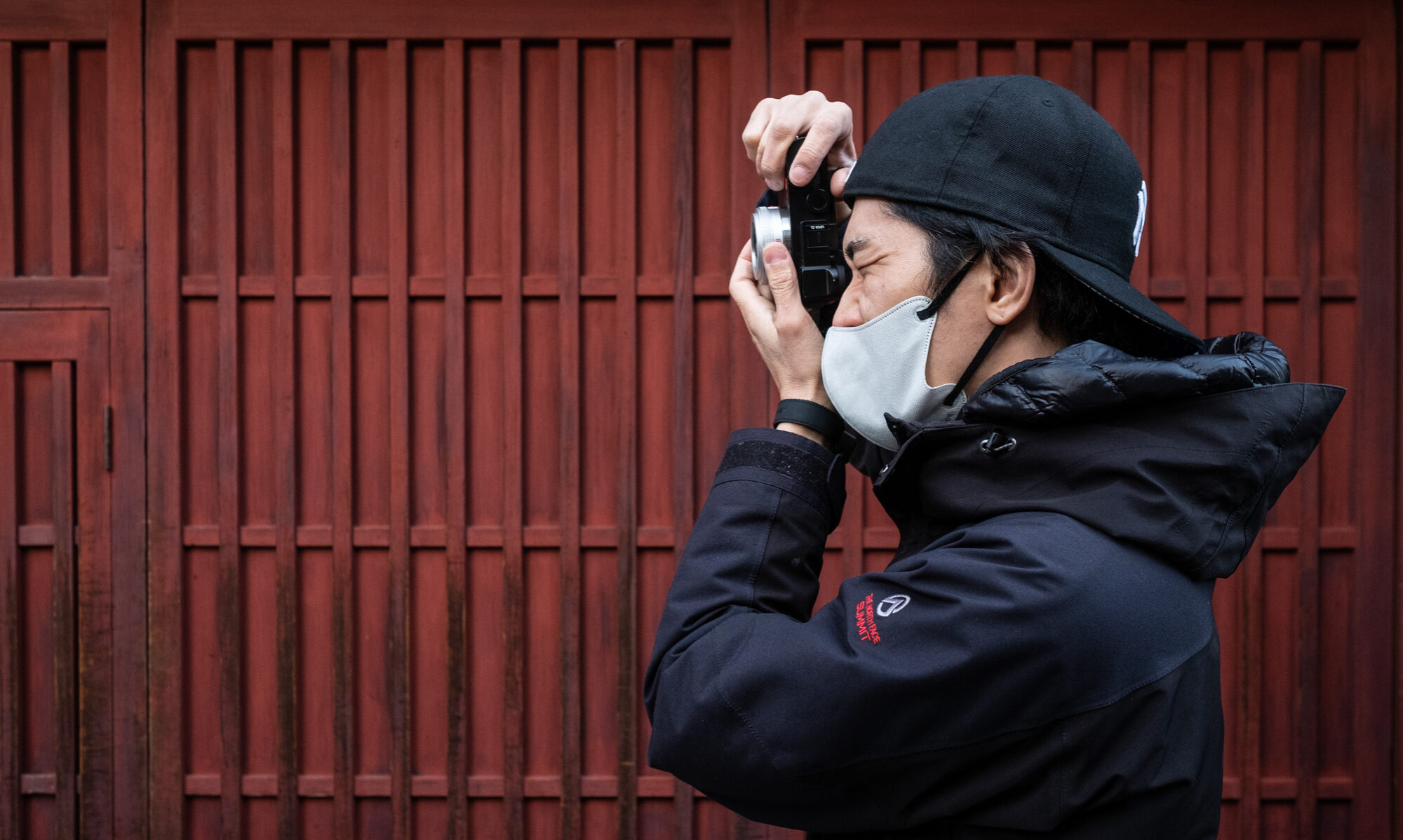If you are looking to buy a new camera, especially for the first-timers, this is often a mind bothering question, “how many megapixels do I need in a camera?” Well, don’t worry in this post we promise you will feel more confident in your purchase.
A pixel is a single element of brightness that makes up a digital picture, and a megapixel (MP) is equivalent to one million pixels. We have already discussed (previous post) that a photosite on a sensor has become an equivalent term of pixel, even though they are not technically the same thing. But even camera manufacturers refer to the resolution of a sensor in terms of pixel quantity; so we will in this discussion as well.
When digital cameras first appeared, they often contained sensors that had fewer than 100,000 pixels and generally produced jagged images that looked as if they were made of blocks. We have now progressed to the point where even the most basic cameras (including those in mobile phones) have at least 5-6 million pixels, and that number is rising. The size of an image file (in megabytes, (MB) is related to the number of pixels used to record it: More pixels means bigger image files. In theory, more pixels also means sharper pictures; but squashing more and more of these photosites onto the same tiny sensor does not improve the picture quality and brings other problems such as increased noise.
To decide how many megapixels you need, think about how you are going to use the images. If you simply want to email them to friends or display your pictures on your computer monitor or a website, then you don’t need a particularly large file size or high-resolution (high pixel count) images: A file compressed to a size of 1MB or less is completely adequate. If you are posting your photos on Instagram, Facebook and other social media and mainly viewing on mobile phone screen size, you guess it right, you won’t need more than 1 MB. However, if you want images that can serve for making good-quality, standard- sized prints, you will want larger files that must be saved at higher resolutions. And for even bigger prints, as large 12x 16 inches (A3: 305 x 405 mm), you will want even larger files recorded with at least an 8MP sensor or higher. You can always make files smaller without losing picture quality using image-processing software; but you have to interpolate to make files bigger, and that can lead to loss of image quality.
Also bear in mind the RAM and storage capacity of your computer, because large, high-resolution files car be slow to download and process while taking of up a lot memory. It is worth saving images on DVD to store and back them up.
If you think you may want to make large prints, then set the highest resolution on your camera as this captures the fine detail you will need. For snapshots, use medium JPEG or even small JPEG.
For more basic photography tips look out for our next post.

